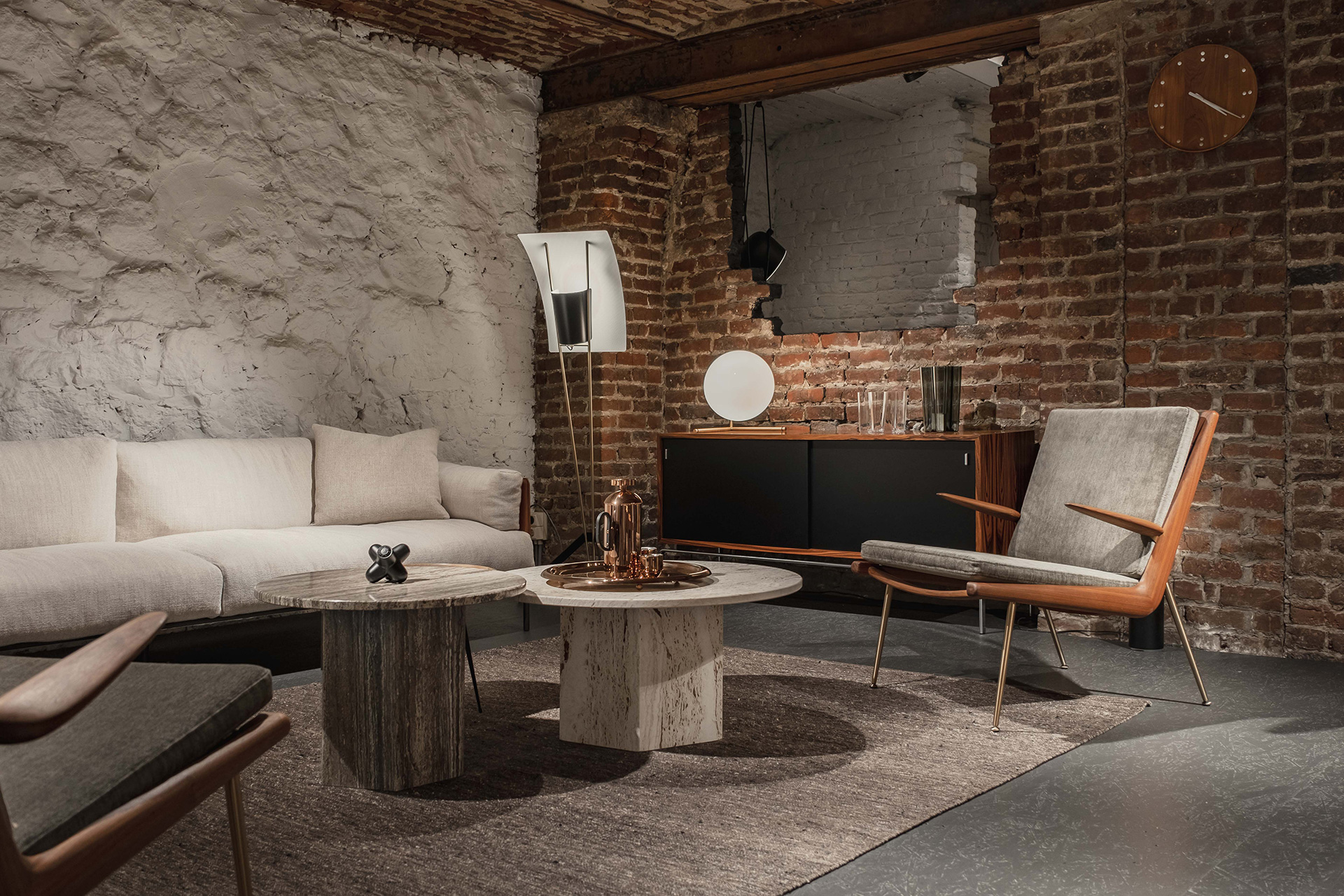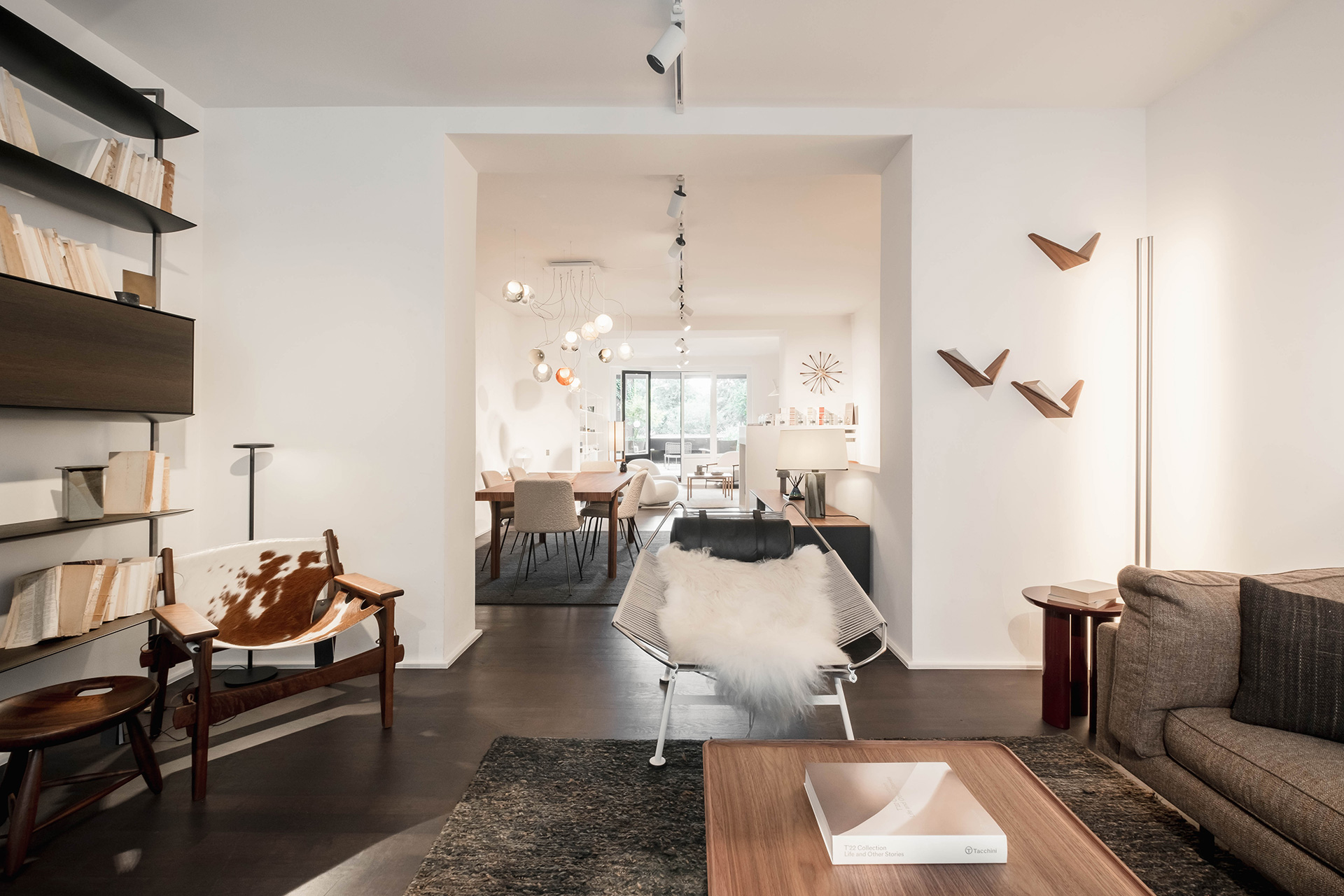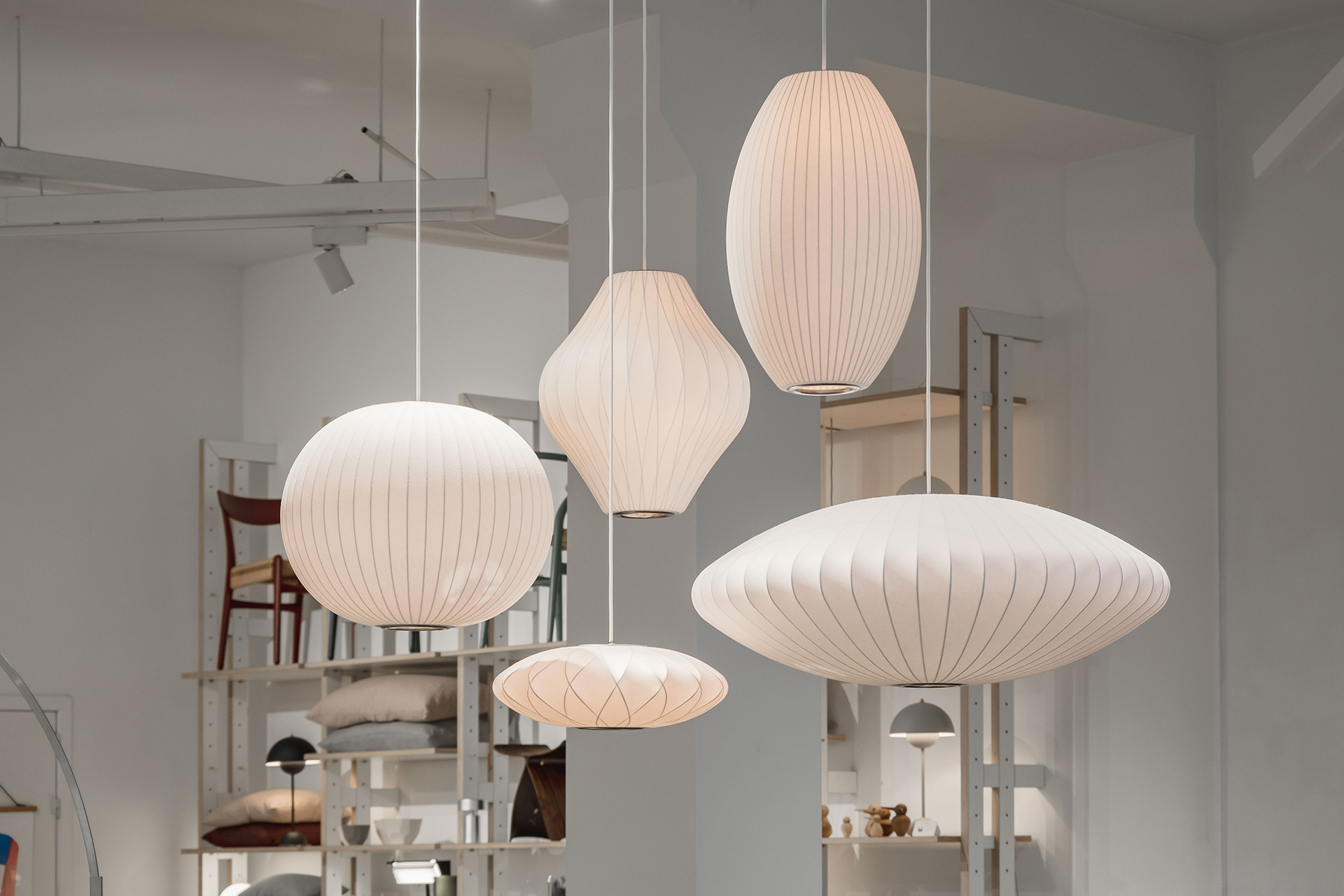diito is an Interior Design Bureau at the service of private or professional interiors. We have two spacious showrooms downtown and uptown Brussels and a design bureau with dedicated staff here to assist and advise. We work worldwide and provide a wide range of services according to every need: contemporary and vintage furniture, lighting, accessories, curtains, carpets, custom creations and more. We can help clients choose a small piece of furniture for their home or design the entire layout of their living or business space. We value communication, creativity and reliability and propose high-end custom services. Design is our passion, interior furnishing our skill.

Snoopy
By Achille and Pier Giacomo Castiglioni
for FLOS

Sferico
By Joe Calombo
for Karakter

The Spanish Chair
By Børge Mogensen
for Fredericia

Storet
by Nanda Vigo
for Acerbis

Pacha Lounge Chair
By Pierre Paulin
for GUBI

Transience Mirror Circle
By Lex Pott and David Derksen
for Transnatural

Gato
By Achille and Pier Giacomo Castiglioni
for FLOS

Extrasoft
By Piero Lissoni
for Living Divani

Eccentrico
By Angelo Mangiarotti
for Agape Casa

CH25 | Lounge Chair
By Hans J. Wegner
for Carl Hansen

Model 537
By Gino Sarfatti
for Astep

PP225
By Hans J. Wegner
for PP Mobler

Sofa 370
By Pierre Augustin Rose

Trestles
By Jules Wabbes
for General Decoration

FK87 Grasshopper
By Fabricius & Kastholm
for Lange Production

Free System Sofa
By Claudio Salocchi
for Acerbis

Diz Armchair
By Sergio Rodrigues
for LinBrasil
&Tradition
AgapeCasa
Anglepoise
ArchitectMade
Arco
Artek
Astep
Audo
Atelier Pierre Culot
BassamFellows
Bocci
Brokis
Bruder
Carl Hansen & Son
Cherner
Daciano Da Costa
David Trubridge
DCW Editions
DePadova
Desalto
DK3
Established & Sons
E15
Flos
Frama
Fredericia
General Decoration
Gubi
Hay
House of Finn Juhl
ICF
Iittala
Karakter
Karimoku
Kvadrat
Lambert&Fils
Lange Production
Linbrasil
Living Divani
Louis Poulsen
Maruni
Mater
MDFItalia
Michael Anastassiades
Muuto
Oluce
Pastoe
Phantom Hands
Poltronova
PP Mobler
Richard Lampert
Riva1920
Sammode
Secto Design
String System
Thonet
Tom Dixon
Verpan
Vitra
When Objects Work
Archive Sales
diito regularly offers for sale items that have been used in our showrooms, or that have slight defects, at lighter prices.
Take a look at our archive sales for great opportunities.
diito
62, rue de l’Aurore • Dageraadstraat
1000 Brussels
Open Tue. — Sat. 10:30 → 18:30
+32 2 646 16 10
info@diito.be
diito dansaert
19, rue des Chartreux • Kartuizersstraat
1000 Brussels
Open Tue. — Sat. 10:30 → 18:30
+32 2 502 71 86
info@diito-dansaert.be

















